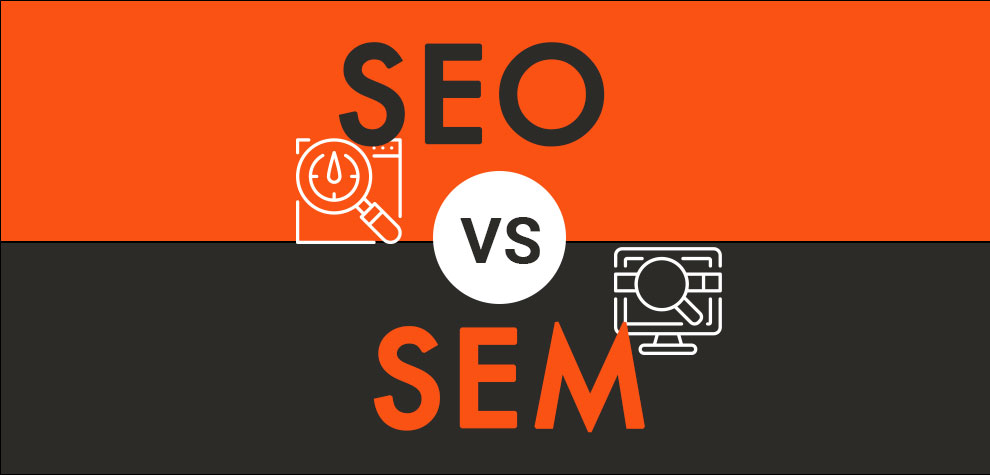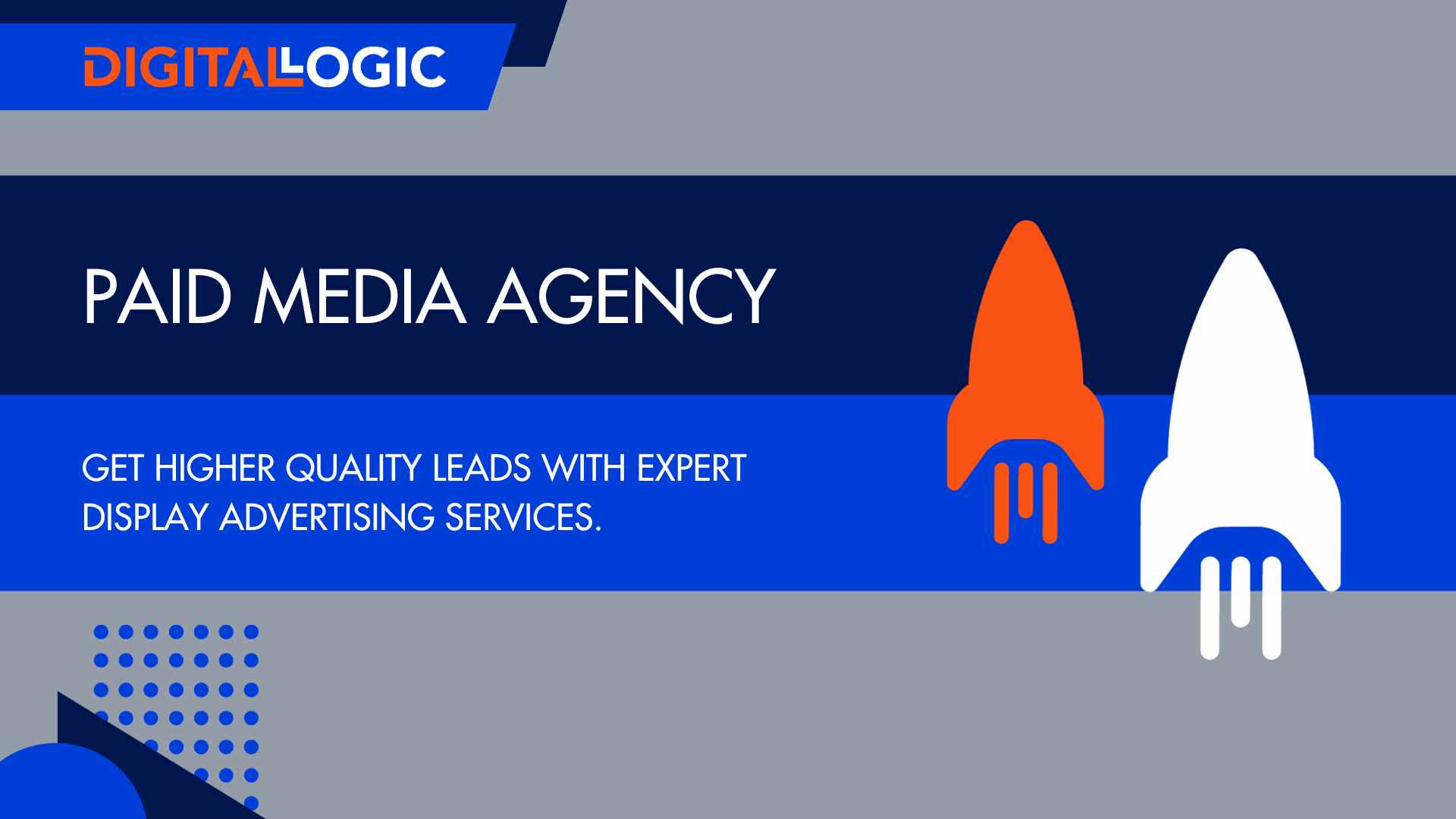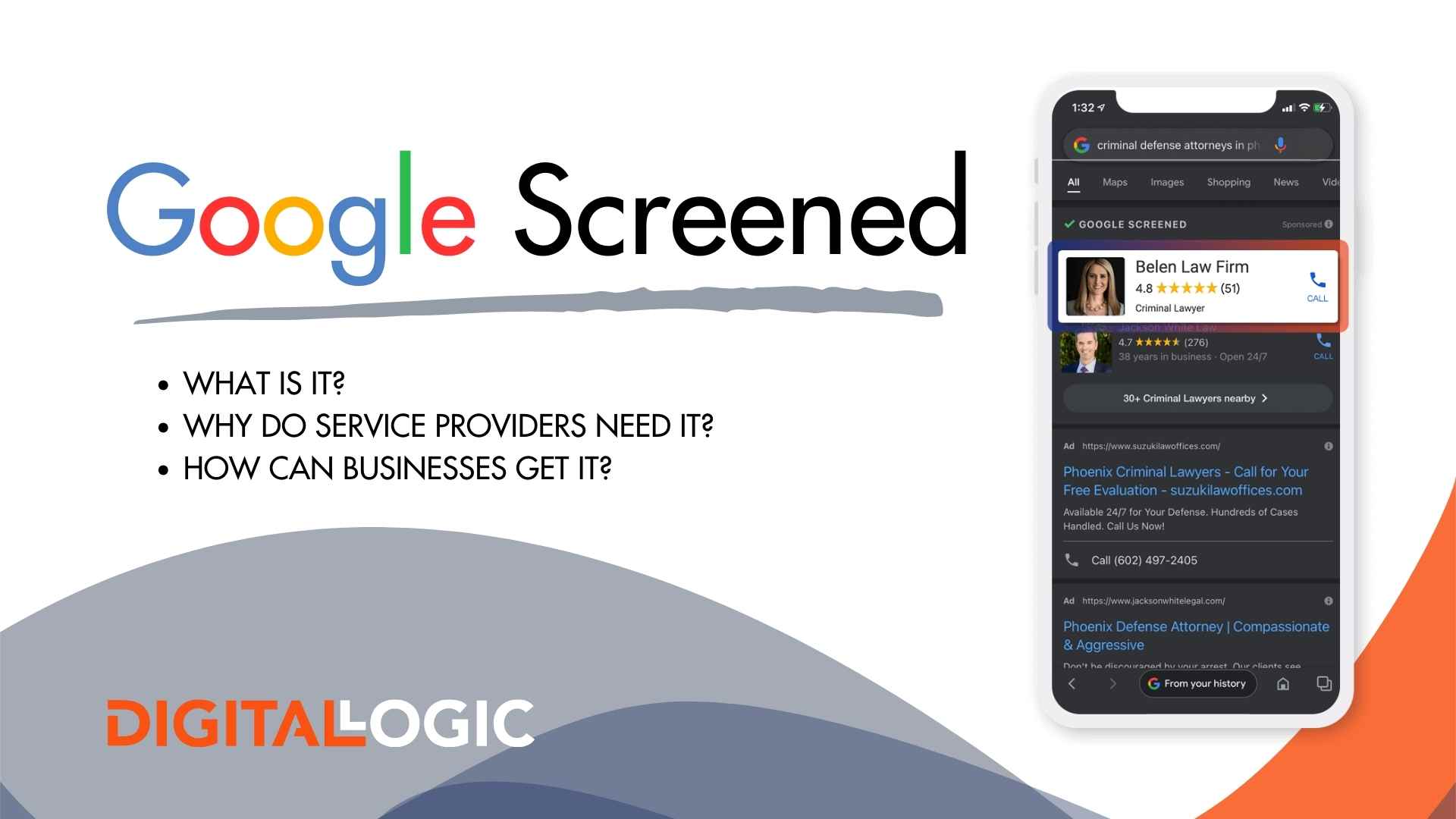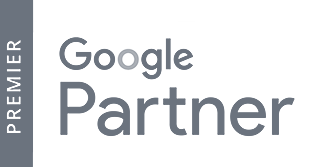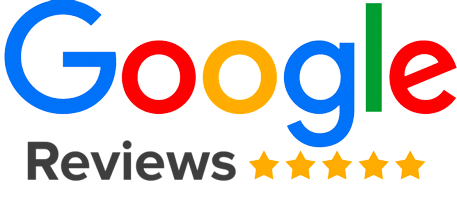SEM vs SEO vs Paid Search Advertising
Table of Contents
ToggleGoogle divides the search results into two different categories: paid search results and organic search results.
So, when a business owner chooses to invest in digital marketing to grow their business, they’re left with a common question: “Which is the better investment between SEO and SEM? Should I invest in growing my organic traffic, or should I capitalize on paid ads?”
Which is the Best Investment for Your Business?
In order to make an informed decision, you really need to understand the differences between the two and grasp how each digital marketing strategy will affect your business, both short term and in the long run.
SEO vs SEM
The main difference between search engine optimization (SEO) and search engine marketing (SEM) is that SEO focuses solely on gaining organic traffic from search engines, and search marketing takes the organic SEO strategy and pairs it with paid search listings to drive traffic from both organic search queries and targeted ads.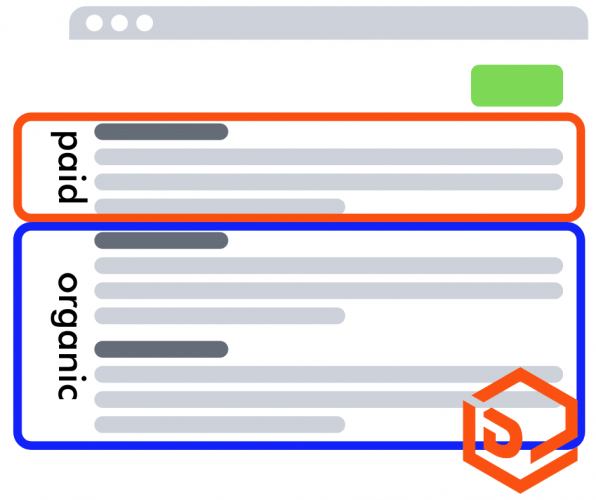
SEO marketing services focus on optimizing a website’s content and link structure so that it will gain higher rankings in search results pages for desired keywords.
You can also invest in PPC advertising so that your website will show up in the paid listings, as well.
SEM strategy focuses on bidding on keywords using Pay-Per-Click (PPC) advertising / Search Engine Advertising on top of building your organic traffic through SEO.
So, your SEO strategy will focus all energy on ranking higher in the organic search results. Your SEM campaign will tap into both SEO and PPC marketing strategies to get your website more traffic.
SEM is the broad, umbrella term that includes an SEO strategy and PPC strategy to generate traffic.
Now that we’ve explained the basic definition of search marketing let’s move on to the major differences between SEO and SEM.
SEO vs SEM Overview
What Is Search Engine Optimization?
What is SEO, and how does it work?
You’ll hear most digital marketing agencies refer to search engine optimization as SEO. Others call the term organic marketing or natural search engine strategy.
SEO is an organic strategy that focuses on maximizing the number of visitors that visit your website. This strategy means that you will need to continually optimize your website, in order to rank highly on Google’s search engine results page.
Websites with SEO-friendly content will index higher when Google or other search engines begin to crawl the site. This, in turn, increases the odds of that website ranking higher on the search engine results pages, commonly called the ‘SERPS.’
There are hundreds of ranking signals that Google uses in its algorithm to determine which websites will rank high and which will not.
We go into more detail in these posts:
But, for the purpose of understanding, we’ll break these ranking signals down into 4 main subcategories:
On-page SEO
Off-page SEO
Technical SEO
User interaction signals
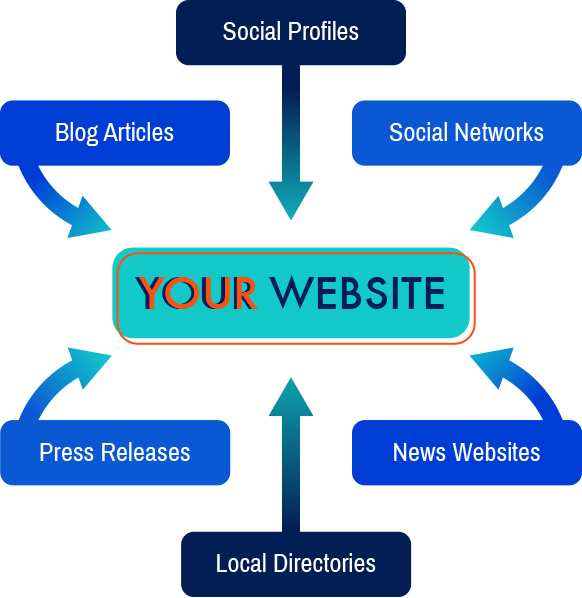
On-Page SEO
On-site, or on-page SEO, includes any optimization that takes place on your website, itself. This includes strategically crafting your pages to target relevant keywords so that your website will rank higher when users search for this term.
On-site tactics can include:
- editing your title tag or heading tag to include the target keyword
- adding meta descriptions
- optimizing your URL structure so that Google can easily understand it
- formating your URLs to match your target keyword values
- creating high-quality content that’s centered around a solid keyword strategy
- adding in structured data, such as FAQ schema
- including alt text on graphics that include your target keyword
- optimizing page load speed times for a better viewing experience
- organizing your internal link structures
- integrating social sharing elements within your web page content
Off-Page SEO
Off-site, or off-page SEO, focuses on getting more traffic by gaining trust and authority signals from other sites. For the most part, this involves building link-building strategies. Sometimes, you might even hear off-page SEO referred to as link building because of its high importance in search engine optimization.
Link-building strategies to boost a website’s SEO can include:
- Using social media to share content that links back to your website
- Creating useful infographics that link to your site
- Reaching out and gaining high-quality, natural backlinks from other relevant websites
- Posting helpful website pages to social bookmarking sites like Stumbleupon and Reddit
- Creating content that’s worth sharing to receive more social media signals
- Building up local business citations for Name, Address, and Phone Number (NAP)
- Writing guest posts on other websites that link back to the target site
- Having other websites reference and link to your content
Google’s algorithm assigns a domain rating to every website. The more backlinks a website accrues, the higher the site’s domain rating will be.
Google also gives preference to sites that are similar in nature or that operate in similar or adjoining industries.
So, the more similar websites that link to your page as a reference with high topical content value, the higher your web page will rank for associated keywords.
Learn more about outsourcing SEO services.
Technical SEO
- Improving your site speed
- Ensuring that your website is mobile-friendly and optimized for mobile devices
- Use SSL so that your site is secure
- Creating an XML sitemap so that crawlers can understand your website more efficiently
- Registering your site with Google Search Console
- Fixing broken pages and redirect errors on your site
User Interaction Signals
The way that a searcher interacts with your website helps Google understand if your page was a good fit for that specific search query.
So, if your page has a high bounce rate, or users are clicking on your link and then immediately leaving your site, this indicates to Google that your content isn’t answering the question or your website just isn’t helpful, in general.
The more Google sees that your site is a bad fit for the keyword, the more your rankings will drop.
What Is Search Engine Marketing (SEM)?
Remember how we explained in the beginning that SEM strategies combine SEO and paid ads?
So, in addition to everything we just explained about SEO also applies to SEM. Now, we’re adding in ad campaigns in order to drive traffic, as well.
Search engine marketing, or SEM, is a process within digital marketing to promote a website. By using both keyword research and ad spend, you’re able to gain more traffic by increasing visibility on the search engine results pages.
Using a paid strategy is essentially advertising your website on popular search engines, such as Google or Bing, in the event that your page is unlikely to reach the first page of the SERP naturally, or organically.
If you compare your page with other websites and see that your competitors have stronger backlink profiles and more relevant content than you’re able to produce, then paid strategies are a great way to start driving your target audience to your website. Instead of having to rank higher to get website traffic, you can pay per click to appear at the top of the searches of specific keywords using Google Ads.
Paid tactics are also used in conjunction with SEO when keyword research shows that the value associated with a specific keyword is worth spending the marketing budget to rank organically and show PPC ads for that same keyword.
This is a pretty common practice, especially when marketing for lawyers or marketing for the healthcare industry.
PPC Ads
The most well-known platform for delivering paid search campaigns is Google Ads, formerly Google AdWords. Microsoft’s Bing Ads platform is at a distant second. It still offers many of the same features for advertising on the search engine as well as other Microsoft properties, like Xbox and Skype.
By using Google Ads, you can get ads to appear at the top of Google search results for specific keywords you select. You’ll only pay for the clicks that you receive on your ads.
SEO and SEM start to get confusing for those who are trying to budget for digital marketing expenses. Because, depending on your region, sometimes, digital marketers will use the term SEM when speaking about their PPC campaigns or other paid search activities.
Either way, PPC advertising has its own unique set of key points that help to drive traffic to your website:
- Bidding
- Quality Score
- Ad Copy
- Account Management
Bidding
If you’re using Google Ads or Bing Ads, paid advertising strategies on search engines are all about your bidding techniques. For PPC advertising, you place your bid on a specific keyword, hopefully after performing keyword research for conversion metrics.
When someone online searches for that keyword, if you have bid high enough, your ad will show up at the top of the search results.
If multiple ads show for this specific keyword, Google will normally give the first-place ad placement to the highest bidder. And, if someone clicks on your ad, you will pay whatever amount your bid was. This amount is known as the cost per click, or CPC.
Quality Score
Your quality score is one of the most important metrics when it comes to paid advertising. This is Google’s way of determining whether or not your web page is a good fit for the search query.
Remember how we spoke about the bounce rate earlier? This process is similar.
Google calculates the Quality score based on the click-through rate, the landing page quality, and your Ad account’s overall quality score. The higher your quality score, the less you have to bid in order to show for your target keyword or keywords.
Ad Copy
Being able to write compelling ad copy and ad extensions is a major part of succeeding with paid advertising.
The better your ad copy is, the higher your click-through rate will be. The higher your CTR, the better your quality score. Higher quality scores mean you’ll pay less for the same click. So, you’ll have more budget for ad spend.
However, the opposite also holds true for paid ads. If your ads don’t entice your target audience to click, then your quality score will drop. And eventually, those PPC ads will get expensive.
Account Management
Account management is crucial to running a successful Google Ads campaign. The various tasks associated with running paid ads pile up quickly.
For starters, you need to ensure that your ad spend and revenue make sense. If you’re spending more to reach your target audience than your product or service is worth, then what is the point? You’re losing money.
Account management also includes the following tasks.
Checking and tweaking:
- Ad positions
- Display network placement
- Budgets
- Bids
- Keyword performance
- Keyword negatives
Learn more about our Google AdWords service
Local Service Ads
Now, thanks to Google’s update, local service providers can also get paid traffic via Local Services Ads on Google.
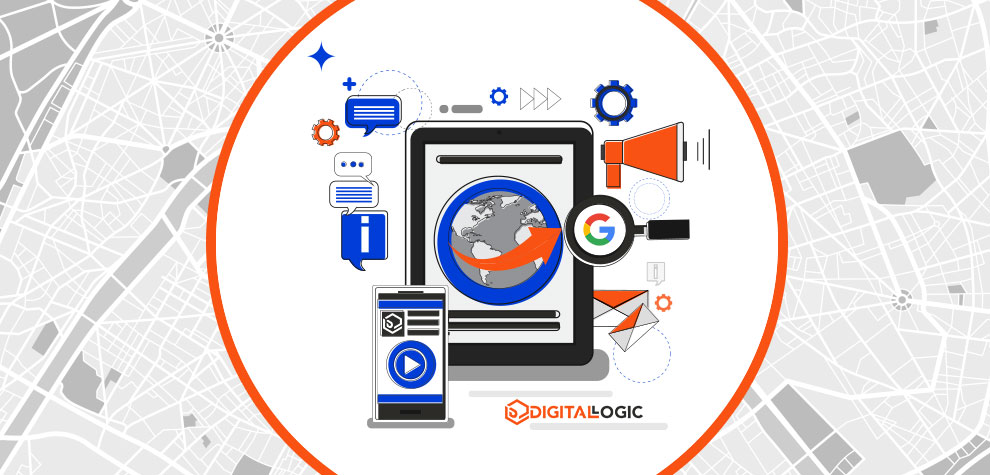
SEO and SEM: Which is Better?
SEM vs SEO Speed
The main difference between SEO and SEM strategies is speed.
Yes, SEO takes a lot of time. This is especially true if you have a new site with no preexisting backlinks.
On the flip side, if you focus on building your website traffic organically while running PPC or SEM ads, utilizing the search engine marketing strategy, you can start seeing conversions by the next day.
You may not get the best return on investment initially, but if you work with an experienced PPC marketing agency, you’ll start to see better returns after a month or so.
SEO vs SEM Cost
Sure, you don’t have to pay every time someone clicks on one of your ads. But, by no means are professional SEO free. It takes years to be able to write professional SEO content, and those who do it well will and should charge for those services.
Ranking number one for a keyword that converts in your industry is a nice place for a business to be. However, it takes time, effort, and usually a decent amount of money to get there, even organically.
But, once you’re there, with a little upkeep, you should be able to hang out there for a bit.
This isn’t the case with paid advertising. Once you stop paying, you immediately stop showing.
When Should You Only Focus on SEO?
The only time we really encourage someone to only focus on SEO is if he or she has an extremely limited budget.
You may not be able to see a solid ROI on your SEO budget for a year, but investing in SEO is always a smart decision, because it will eventually pay off.
SEM Traffic
SEM traffic is one of the most important sources of web traffic for your business. It can target specific keywords that are likely to generate leads on your website.
Search engines are the most common tools for finding a known solution to a problem. They’re also used to answer a specific question, or when learning how to do something.
If someone clicks on your website from the search results for their question, they are more likely to take the desired action when browsing your relevant web pages. Depending on the relevancy of the displayed web pages, SEM traffic is likely to be more valuable than other sources. This is because it connects searchers with the products, services, or information they are already looking for.
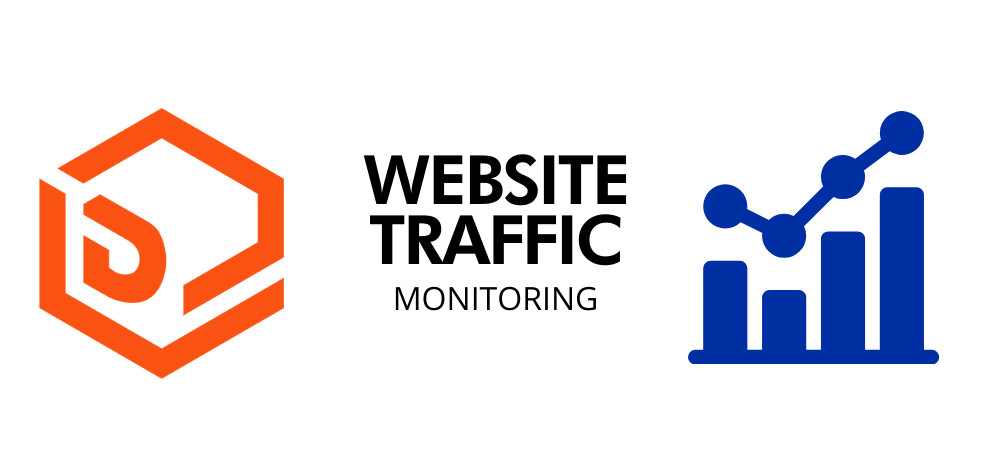
SEO vs SEM Traffic
Some digital marketers debate with each other about which tactic is better for bringing in sales: SEO vs SEM. Good long-term SEO is the best approach. Quality SEO is worth it-the long-term value of the traffic compounds over time.
Do the math on what the clicks would cost if you were buying that traffic instead of getting it for free.
Learn more about SEO traffic.
You can either try to gain traffic by learning and implementing SEO yourself, or you can hire an SEO agency. If you decide to hire an SEO Agency for monthly SEO packages, then make sure to check out reviews first. Also, have them show you “before and after” metrics from current and former clients. We start you off with a list of questions to ask when hiring a digital marketing agency!
If you are launching a new website and want to have immediate search engine visibility, then it would be a good idea to create a Pay-Per-Click (PPC) or search engine advertising campaign. You want to reach the first page of search results since it takes far less time than ranking with SEO.
It would be unwise to only use PPC campaigns without also doing search engine optimization as part of a more comprehensive, long-term strategy.
Even though SEO can take longer to show results, in the long run, it will be a far less expensive strategy. Establish credibility that you may not be able to generate using paid search campaigns alone.
SEM vs SEO vs Paid Search FAQs
What's the Difference Between SEO and SEM?
SEO is a specific set of actions that primarily focus on optimizing your web pages. This can increase the number of website visitors from search results pages, and improve the visitor experience on your site. SEM includes this plus traffic from paid search listings.
Where Should I Start With SEO?
Start with web design best practices.
Then think about the questions that your potential clients ask. Write a list of the top 20 clients your potential clients are asking, and then you’ll have a list of 20 blog topics.
Search engines are very intent-driven, meaning that people ask the questions and you should answer them with your content.
Learn more about the digital marketing services we offer.
What’s the Difference Between On-Site and Off-Site SEO?
There are two primary areas of focus when it comes to doing SEO. Some activities centered around on-site SEO. Other activities are off-site SEO.
On-Site SEO means applying specific changes to your website or blog so that it is more “search engine friendly.” Off-Site SEO is the process of getting backlinks and shares from other websites to increase your website’s value. You can achieve this using certain keywords or terms when viewed by search engines based on content and context.
